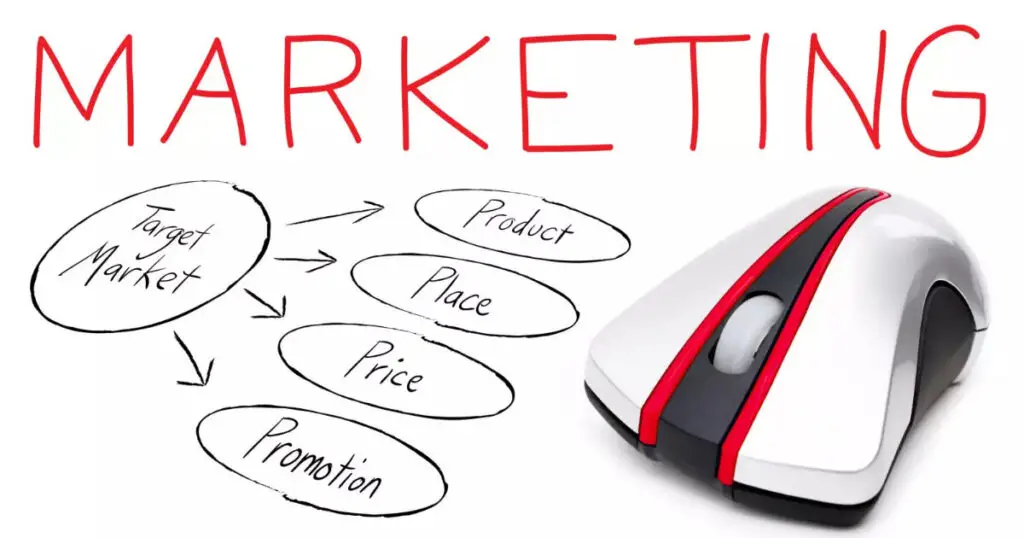In the dynamic realm of online shopping, dropshipping has become a well-liked and approachable business strategy. Dropshipping is a novel approach to manage your business with little initial outlay of funds, regardless of whether you’re an aspiring business owner or an existing shop trying to increase your internet visibility. However, what is dropshipping really, and what are the advantages? Let’s examine this cutting-edge retail strategy and see how it may benefit your company.
What is Dropshipping?
A retailer that uses dropshipping does not hold inventory for the products it sells. Rather of selling products directly to customers, a retailer buys them from a third party, typically a manufacturer or wholesaler. The retailer never handles the merchandise physically as a result.
Under a traditional retail approach, goods are purchased in large quantities, stored, and then shipped to clients in response to requests. Dropshipping completely changes this concept. This is an outline of how it functions:
- Order Placed by consumer: A consumer shops at your online store.
- The Order Has Been Forward: You provide your dropshipping provider the order and the customer’s information.
- Product Shipped by Supplier: The goods is packaged and shipped straight to the customer by the provider.
As the retailer, you can relax knowing that inventory control and delivery logistics are taken care of by this process.
The advantages of dropshipping
Dropshipping is a popular choice among entrepreneurs since it provides a number of benefits. The following are some main advantages:
Minimal Startup Costs: Having to make a sizable upfront inventory investment is one of the biggest obstacles to launching a retail business. You can wait to buy things with dropshipping until after you’ve completed a transaction. This significantly lowers the startup money needed to launch your business.
Decreased Overhead: Your overhead costs are significantly reduced because you don’t have to oversee delivery or maintain a warehouse. If you have a laptop and an internet connection, you can operate a dropshipping business from practically wherever.
Large Product Selection: You don’t have to buy the products in advance to offer a large selection. This enables you to quickly adjust to market trends and test new items without taking a financial hit.
Scalability: More sales in a traditional retail setting usually translate into more packing, shipping, and inventory management tasks. Dropshipping makes it easier to grow your business because the supplier takes care of the majority of the extra work.
Location Independence: You can run your dropshipping store from any location in the world as long as you have internet connectivity. For entrepreneurs that desire the ability to travel or operate from multiple locations, this flexibility is perfect.
Simple to Launch: Launching a dropshipping company is a comparatively simple process. Shopify, WooCommerce, and other e-commerce platforms make it easy to set up an online store and begin selling goods within a few days.
Considering and Difficulties
Dropshipping offers a lot of advantages, but there are drawbacks as well.
Lower Margins: Compared to typical retail models, you may have lower profit margins because you aren’t purchasing in bulk and the cost per item may be higher.
Inventory Problems: Because your inventory management depends on the supply of your supplier, it might be challenging. You run the risk of having to cancel customer orders if a supplier runs out of supply.
Shipping Complexities: When clients order various products from different vendors, shipping can get complicated, leading to higher shipping prices and longer delivery dates.
Quality Control: It can be difficult to guarantee the products’ quality when you don’t handle them. Working with reliable suppliers is essential to preserving client happiness.
In summary
Dropshipping is a flexible and easily obtainable e-commerce strategy that has several advantages, particularly for business owners wishing to launch an online venture with little capital. Despite its unique set of difficulties, many find it to be a desirable alternative due to its scalability, low overhead, and flexibility.
Dropshipping may lay the groundwork for a profitable and flexible e-commerce endeavor, regardless of whether you’re just getting started or hoping to grow your current retail firm. As with any business strategy, the key to successfully navigating the dropshipping market is careful study and strategic planning.
Dropshipping FAQ
What does dropshipping entail?
A retailer that uses dropshipping does not hold inventory for the products it sells. Rather of selling products directly to customers, a retailer buys them from a third party, typically a manufacturer or wholesaler. The retailer never handles the merchandise physically as a result.
2. How is dropshipping carried out?
Order data are sent to your dropshipping supplier when a customer puts an order on your website; the supplier packages and ships the product straight to the customer.
Can I dropship from more than one provider?
It’s possible to collaborate with several vendors and provide a greater selection of goods. But handling inventory and shipping arrangements can get trickier, particularly when multiple suppliers are involved in a single order.
Does dropshipping require an e-commerce platform to get started?
Using an e-commerce platform such as Shopify, WooCommerce, or BigCommerce can make the process of setting up and maintaining your online store easier, however it’s not necessarily necessary. Order processing is streamlined by the connectors that these platforms frequently provide with dropshipping apps.






